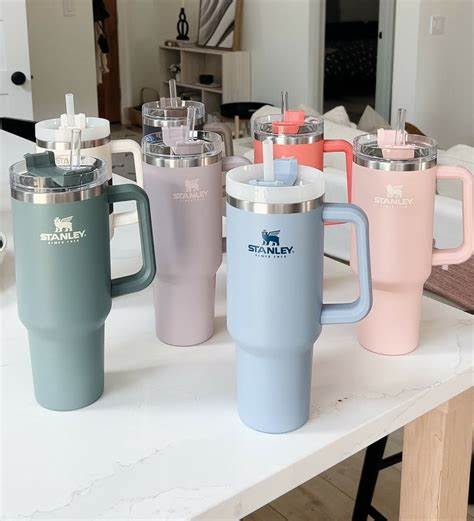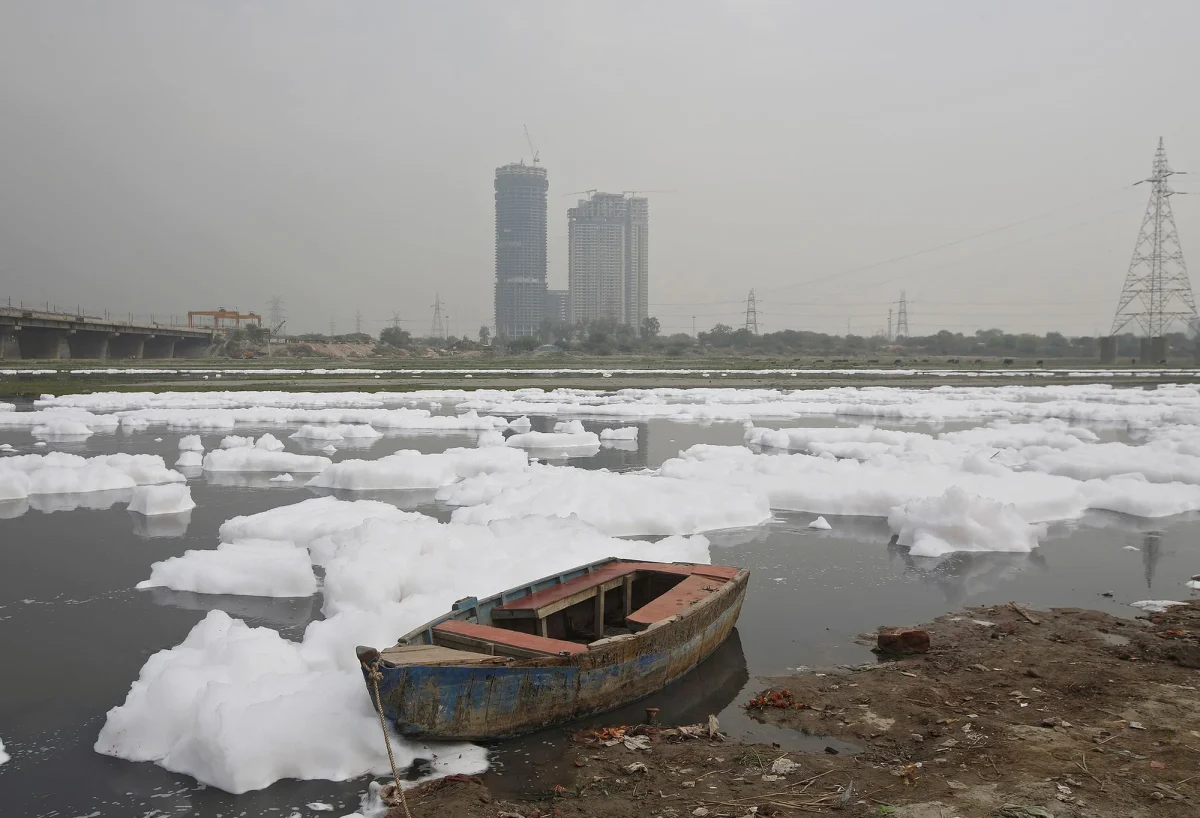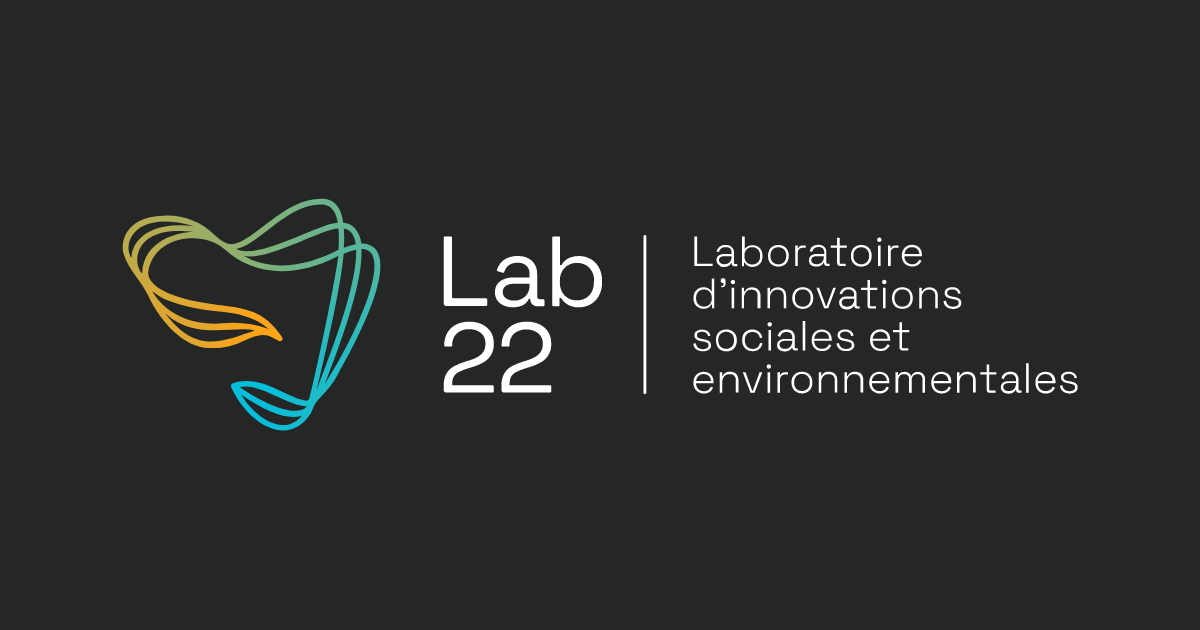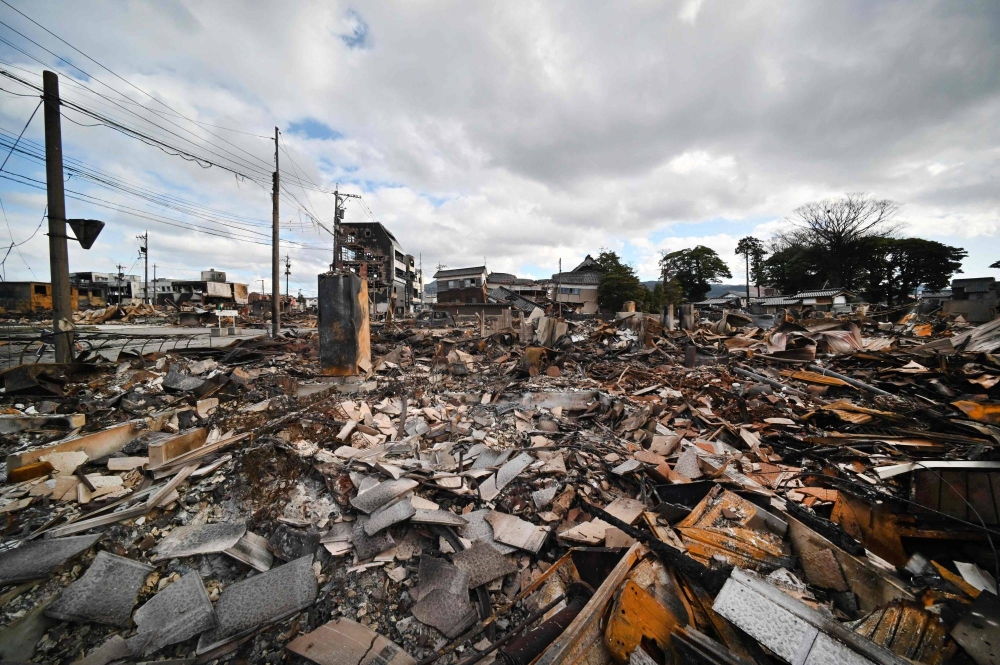
Since the end of last year, collectors are over-buying Stanley Cups to help the environment but it actually does the opposite.
The movement against plastic bottles is gaining momentum. To solve this problem the community has started using fashionable reusable water bottles. Stanley is The brand in many people’s kitchens right now. The label was created in 1913 by William Stanley Jr. an American physicist who revolutionized how we carry beverages. The bottle became famous late last year because of a viral TikTok. In the video, a woman shared her experience after her car caught fire; the only thing remaining was a Stanley Cup full of ice. The popular video got people’s attention and created big hype around the Stanley Cups. The Edge Breakfast crew, a YouTube channel, tried to recreate the incident with other famous reusable bottles to see if they could keep ice frozen during a fire. The results were shocking. The bottle kept some ice but not as much as the other bottles like the Hydroflask or the Rank Green.
The issue however is that Stanley Cups are being bought mostly as collection items despite their buy-it-for-life legacy. Customers are camping outside of retail stores for a chance to get the new limited edition to add to their colourful collection. Shopping platforms also started selling accessories for people’s Stanleys and this did not go unnoticed. The bottle is trending just like HydroFlask was not so long ago but its fate serves as a reminder that a trend can quickly become forgotten.
Having a reusable water bottle is a good way to help the plastic crisis but owning 40 is not. “You might have a great product that is more sustainable, but what good is it if it sits in a person’s home and collects dust,” declares Nicole Darnall, director and co-founder of the Sustainable Purchasing Research Initiative at Arizona State University. When compared to a plastic bottle, the production of stainless steel bottles requires seven times the amount of fossil fuel, releases fourteen times more greenhouse gases into the atmosphere and uses hundreds of times more metal resources, reported The New York Times in 2009. Stanley Cups became a symbol of overconsumption, a product whose green benefits no longer equal their environmental footprint.






